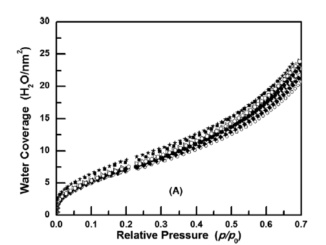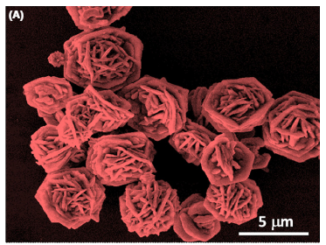
Immune response of patients with recurrent aphthous stomatitis challenged with a symbiotic
Background: There are indications that Th1 polarization of immune response plays an important role in the pathogenesis of recurrent aphthous stomatitis (RAS), and that the use of probiotics can stimulate immune regulatory activity, influencing the course of the disease. The aim of this study was to characterize the initial immune profile of RAS patients and evaluate clinical and serological response following a challenge with symbiotic treatment containing fructooligosaccharide, Lactobacillus, and Bifidobacterium.
Methods: The immune responses of the 45 patients with RAS, submitted to symbiotic or placebo for 120 days, in relation to 30 RAS-free controls, were evaluated over a period of 6 months. Peripheral blood was collected from all patients at 0 (T0), 120 (T4), and 180 days (T6) after the start of treatment and Th1 (IL12-p70, IFN-gamma), Th2 (IL-4), Treg (IL-10), Th17 (IL-17A), inflammatory (TNF-alpha, IL-6)-associated cytokines, and clinical parameters were quantified.
Results: At T0, significant differences were found in the serological levels of the IFN-gamma, IL-4, and IL-6 cytokines of the RAS patients in comparison with the controls. It was observed that the cytokine profile of the RAS group was comprised of 2 distinct clusters: a pure Th2 and a Mixed (Th1/Th2) subtype and that symbiotic treatment induced an improvement in pain and an increase in IFN-gamma levels, producing a reduction in Th2 response.
Conclusions: In RAS, symbiotic treatment based on a fructooligosaccharide, Lactobacillus, and Bifidobacterium composition produced an alteration in the Th2 serological immune profile in the direction of Th1 and improved pain symptomatology.
Author(s): Mimura, MAM (Martins Mimura, Maria Angela); Borra, RC (Borra, Ricardo Carneiro); Hirata, CHW (Watashi Hirata, Cleonice Hitomi); Penido, ND (Penido, Norma de Oliveira)
JOURNAL OF ORAL PATHOLOGY & MEDICINE
Volume: 46 | Ed: 9 | Pages: 821-828 | Published: OCT 2017
PDF: Immune response of patients with recurrent aphthous stomatitis challenged with a symbiotic
DOI: 10.1111/jop.12621




